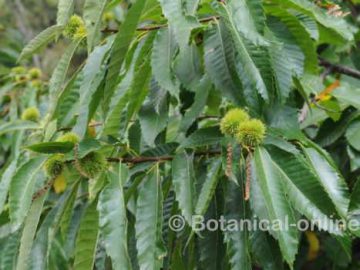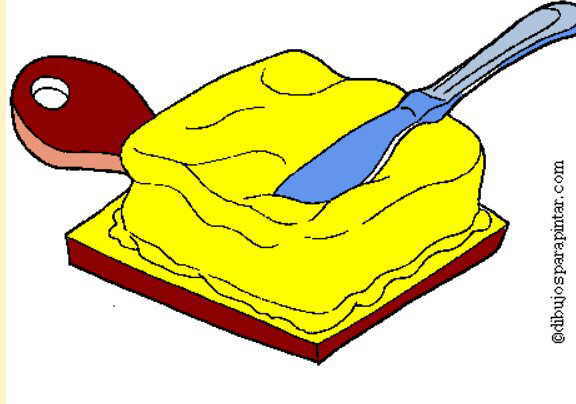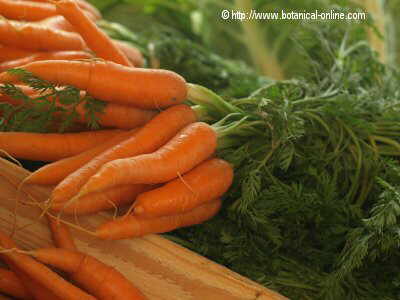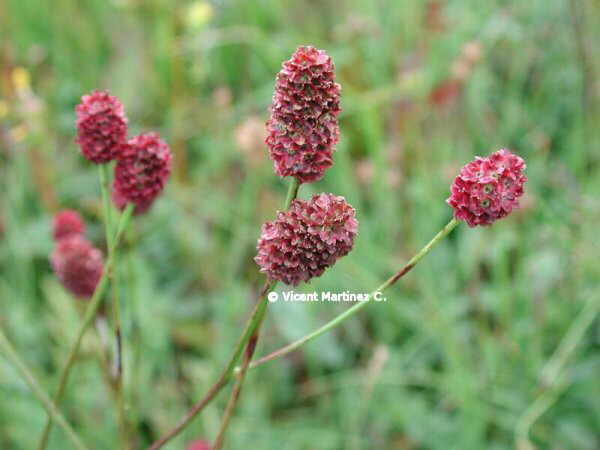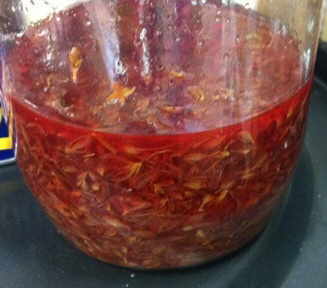Chestnut trees. Diseases
Between the main diseases we can point out:
 The chestnut blight : A disease caused by the fungus Cryphonectria parasitica, also called Endothia pasisitica. This pest in the United States caused the extinction of almost 3 billion American chestnut (Castanea dentata), The first symptoms appeared in 1904 in New York City and extended until 1950.
The chestnut blight : A disease caused by the fungus Cryphonectria parasitica, also called Endothia pasisitica. This pest in the United States caused the extinction of almost 3 billion American chestnut (Castanea dentata), The first symptoms appeared in 1904 in New York City and extended until 1950.
This pest was introduced from Japan, since chestnuts imported from Japan are carriers of the disease but resistant to it.
People is still trying to combat this disease in America, although the small shoots that grow from the stumps of dead trees are attacked by it and die when they become a little bigger. At the moment there is no solution for it. This pest does not affect Chinese chestnuts (Castanea mollissima) or Japanese chestnuts (Castanea crenata), so that the only feasible solution seems to be to produce hybrids between American chestnut wand other species that are immune to the plague.
The European chestnut (Castanea sativa) may be attacked by this disease but it is a much stronger species than the American one, because this disease causes less serious effects than the U.S. which allows the attacked trees to recover. It should be noted, however, that the disease is well established in Europe, Africa, Asia and North America, having appeared in most countries having chestnuts (Spain, Italy, France, Greece, Germany, Poland, Portugal, Russia, Tunisia, China, Japan, North Korea, South Korea, United States, Canada, etc.).
The disease is caused when the fungus penetrates the wounds of trees. this especially occurs with temperatures between 18 and 38 º C and the presence of dispersing elements such as rain or wind. Once inside the tree, it can kill it if the fungus is highly virulent or form cankers on the bark of the branches or trunk in case it has a lower virulence. Cankers appear as swollen and vertical fractures in the crust, sometimes oozing an orange-yellow liquid. The hyphae of the fungus develop under the bark.
How to treat the chestnut blight
The disease control involves the use of resources such as:
- The use of resistant varieties obtained by crossing European with Japanese chestnut.
- Using prune materials properly disinfected.
- The burning of infected debris.
- The inoculation in infected trees of less aggressive strains that can move the most aggressive ones and allow the recovery of the infected tree.
- Root rot: It is a disease caused mainly by the Phytophthora Cinnamomi fungus that also affects to other trees and plants like Eucalyptus, oak, avocado, pineapple, walnut, etc. It is a disease that attacks the roots of plants. In a first stage, it makes the leaves fall and the branches wilt. The fruits are dried before they develop, and, if chestnuts are affected, it prevents them to mature. Then, when the disease is more advanced, it causes a series of cracks in the trunk to a height of two feet from the soil. A black liquid similar to the ink appears from these cracks what gives this disease its peculiar name of ” Chestnut ink”.
This disease is favored by warm weather, with temperatures between 15 and 30 º C and high humidity conditions in the soil. Water retention in soil encourages its appearance and increases its virulence. Treatment and prevention of this disease can include:
- The elimination of the species concerned.
- The use of more resistant hybrids.
- Biological control with antagonistic species such as Trichoderma harzianum.
- Adequate drainage of the soil.
- Chemical treatments to stop its advance, although it is not cured.
- Armillaria mellea: It is another fungus that affects trees such as chestnuts or beeches attacking their roots. In the case of the chestnut tree, it is a type of infection that especially affects the debilitated specimens getting to produce their death.
The main external symptoms are the appearance of dry leaves and twigs and the weakening of the trees in general. Roots are the most affected, because this fungus rots them. Trees can be infected from one another by contact with the roots.
The infection is opportunistic and takes advantage when the tree is weakened, which can occur with high humidity conditions or in places with poor drainage where water accumulates in the roots. Continuing drought can also affect them. Fertilizer can promote excessive growth of the fungus.
For the treatment and prevention of armillaria mellea, the following methods can be used:
- Increase soil drainage.
- Avoid excessive fertilizing.
- Do not plant in contaminated areas.
- Remove and burn infected material.
- Use copper chemicals.
- Chestnut anthracnose: This is another disease caused by the fungus Mycosphaerella maculiformis that causes leaf drop and lack of fruit development. It manifests itself as brown spots with yellow edges on the leaves and fruits.
The treatment involves burning of leaves to prevent the development of fungi on them.
Chestnut trees. Pests
- Chestnut weevil: A beetle (Balaninus elephas) that lays its eggs inside the chestnuts fruits. The larva feeds on their content. When the fruits falls to the ground, the larvae enter the soil where they become pupae. From here, the new beetle can be born the next year or after a few years hibernating in the soil.
Although is has been tried the removal of insects by chemical means, the only effective solution is the elimination of concerned chestnut before the larvae gets into the ground.
- Tortricids: These are insects of the genus Pammene, Laspeyresia or Cydiao that attack the fruits when green or mature which results in lack of maturity or inability to eat them or put them on sale. The fight against these pests can be done by placing traps to catch the larvae before they enter the fruit; by placing a mesh in the soil to prevent them to bury in it, or by using the appropriate chemicals.
![]() More information on chestnut tree
More information on chestnut tree

